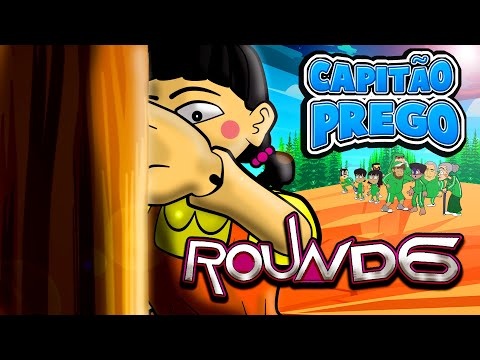


The head group, for example may have several groups for the eyes and mouth, maybe even for noses and eyebrows.Įven the arms or legs might be broken down depending on proportions or clothing. Each limb may even have many subgroups depending on how you intend to animate them. That's for a very generalized setup and it's probably all you need when starting out.Īn actual production setup can vary greatly from the above, depending on the design of the character, it's proportions, whether it's bare skinned, furry, wearing clothes, has a tail, or any combination of features. You bind the image layers to specific bones in the skeleton, normally using the Use Selected Bones for Flexi-Binding command. The hand switch for different finger poses, and the feet switch for side rotations and/or bottom/top poses. I split out the hands and feet because I usually want them to be in their own switch layers. Feet (sometimes combined with legs but not always) torso (usually includes neck but not always)Ħ. I typically split apart the body this way:Ģ. There are many ways to 'chop up' a bitmap character, and some techniques will look more seamless than others. If I have a png image of a person and import it, how can i make the legs ,arms,etc move independently if i add bones? I only use JPG for an asset file if that's the only version I have for that file. Generally speaking, there is no advantage in using JPG over PNG inside a Moho scene. Also, JPG is a lossy format so the image quality is not going to be as good as PNG. PNG, on the other hand, can have a transparent background that Moho will recognize and use without additional work. JPG doesn't support transparency so you will need to create vector masks for the art in Moho.

JPG will work in Moho but I recommend using 32-bit PNG instead. Debut lets you do much of this, including Pin bones, but I think you need the Pro version to create visible custom mesh layers and use Smart Warp. Moho creates an 'invisible' mesh for an image when you add bones to it, you can can deform it however you wish. (I often have Moho and Photoshop open at the same time.) However, Moho can dynamically update any changes made to the bitmap by another program so you can work in both programs at the same time.

The only disadvantage is that Moho does not have any built-in bitmap editing tools-you'll still need a paint program for that. You can use almost any bitmap image format in Moho.


 0 kommentar(er)
0 kommentar(er)
